A twilight sun cuts though the clouds,
Shining down on wind swept seas,
Where one man forever longs to be,
Facing the wind and sailing free.
But he settles not for meaningless miles,
Fast through the waves, to his face brings a smile,
So down on his knees, to work and to sweat,
To try and to test, new ideas to perfect.
From all of this came a bird swiftly flying,
Or a fish gently gliding, and a man who belongs,
In the hearts of us all, especially mine,
For he somehow found time, to bring me along.
The sport of sailing, and the boating world at large, lost an icon over the weekend with the passing of Frederick E. “Ted” Hood on June 28. Hood, who was born in Beverly, Mass., on May 5, 1927, was a longtime member of the New York Yacht Club, joining in 1960. He was 86 years old. [Please note memorial information below]
“Ted was such an important part of the heritage of the New York Yacht Club,” said New York Yacht Club Commodore Thomas Harrington, “And he’ll be sorely missed.”
Hood, who grew up in Marblehead, Mass., was a complete sailor. He started his career as a sailmaker, and when he couldn’t find sailcloth to his standards, he built a loom and started making his own. He then branched out into yacht design and construction. He was also a remarkable innovator when it came to sailing gear and technique. He is credited with the grooved headstay, roller furling, and the dip-pole jibe, among other things. And, of course, through it all, he was a superlative skipper. His signature performance on the water was a 4-0 win in the 1974 America’s Cup, driving Courageous. But he was a dominant force in ocean racing for decades, winning races from the SORC to Marblehead Halifax, usually at the helm of one of his many boats namedRobin. His record puts him on par with any of the top skippers of his generation, or any generation. His understated, gentlemanly manner may have contributed to his accomplishments being overshadowed by those of more outspoken sailors.
“Ted Hood lived in a time when specialties were not the norm,” said New York Yacht Club Vice Commodore Rives Potts, a veteran of the 12-Metre era of the America’s Cup. “He was the most forward-thinking, the most complete yachtsman of that generation, and maybe of generations to come. Nowadays, we have guys who are excellent helmsmen, or tacticians, or bowmen or are good yacht designers or sailmakers. Or maybe a good yard manager. Ted Hood was all of those and more.”
In the mid-1980s, Hood sold his sailmaking business and focused on boat design and construction. He purchased the Melville Boat Basin, in Portsmouth, R.I., from the government and built the Ted Hood Marine Complex. Little Harbor Yachts, which he started in the 1960s, was initially a sailboat company. But as the market for sailboats softened and the demand for powerboats increased, he shifted his focus. He was among the first to embrace jet drive propulsion for power boats. He sold the company to Hinckley Yachts in 1999. Soon after he started Ted Hood Yachts, which has a broad line of ocean-going poweryachts and motorsailers.
According to a biography posted at tedhood.com, he was refining and improving his designs right into his last days.
Memorial information: In honor of Frederick E. “Ted” Hood (May 5, 1927 – June 28, 2013), the Hood family cordially invites all he has touched to a celebration of his life to be held at New York Yacht Club’s Harbour Court, Newport, RI on Friday, September 20 at 11 a.m. Parking at the Club may be limited; overflow parking will be available on Wellington Ave. Carpooling where possible is encouraged, as is arriving early. All are welcome to stay for refreshments and to share stories following the service.

 Through the first 11 days of racing the 34th America’s Cup has delivered it all: close wins, large wins, light winds, strong winds, tacking duels, jibing duels and penalties to boot. It’s all added up to be one of the most fascinating Cup matches in history, and one that makes everyone wonder: What’s gonna happen today?
Through the first 11 days of racing the 34th America’s Cup has delivered it all: close wins, large wins, light winds, strong winds, tacking duels, jibing duels and penalties to boot. It’s all added up to be one of the most fascinating Cup matches in history, and one that makes everyone wonder: What’s gonna happen today?
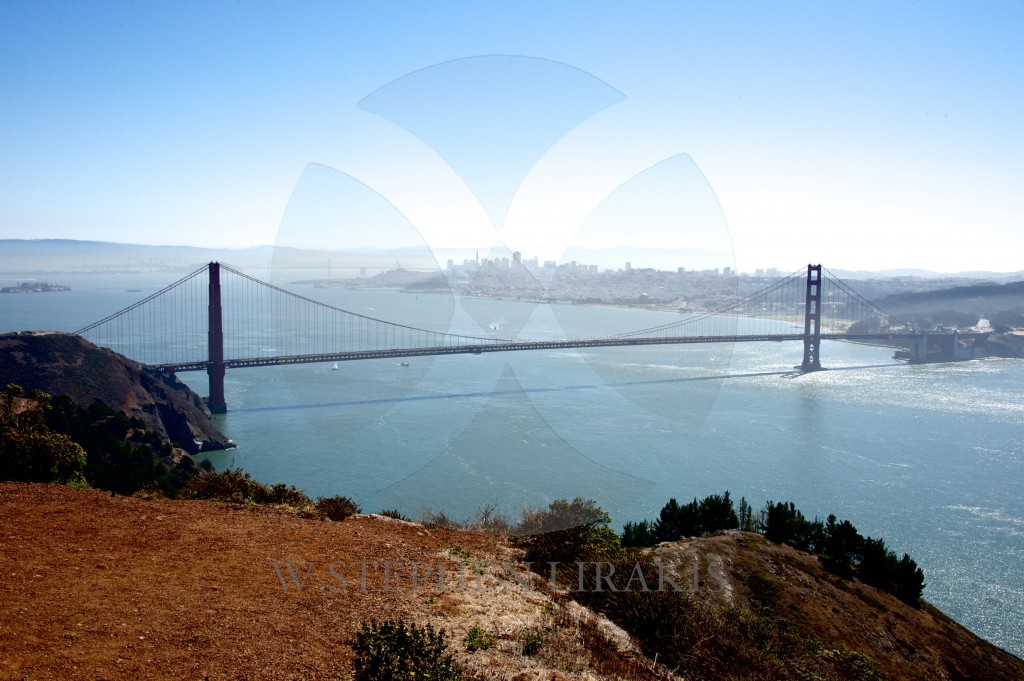
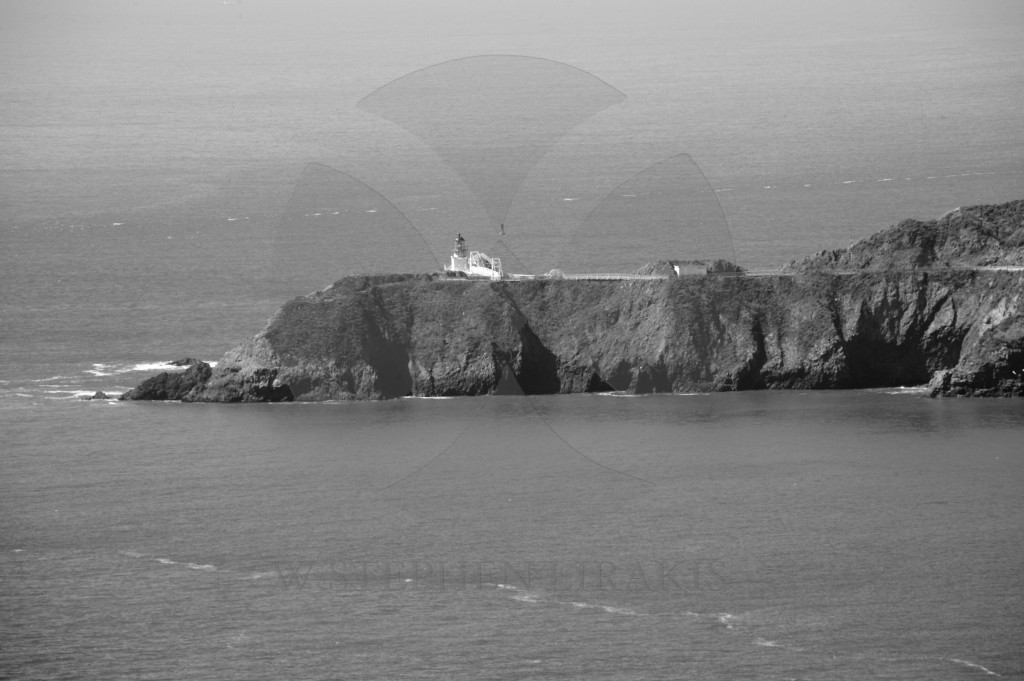
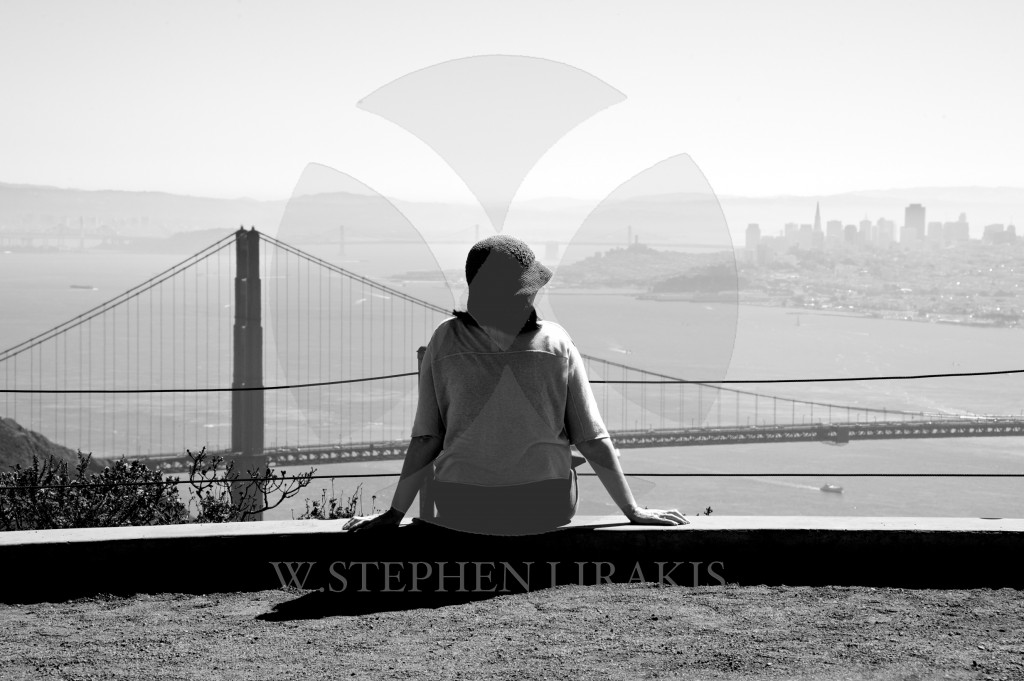
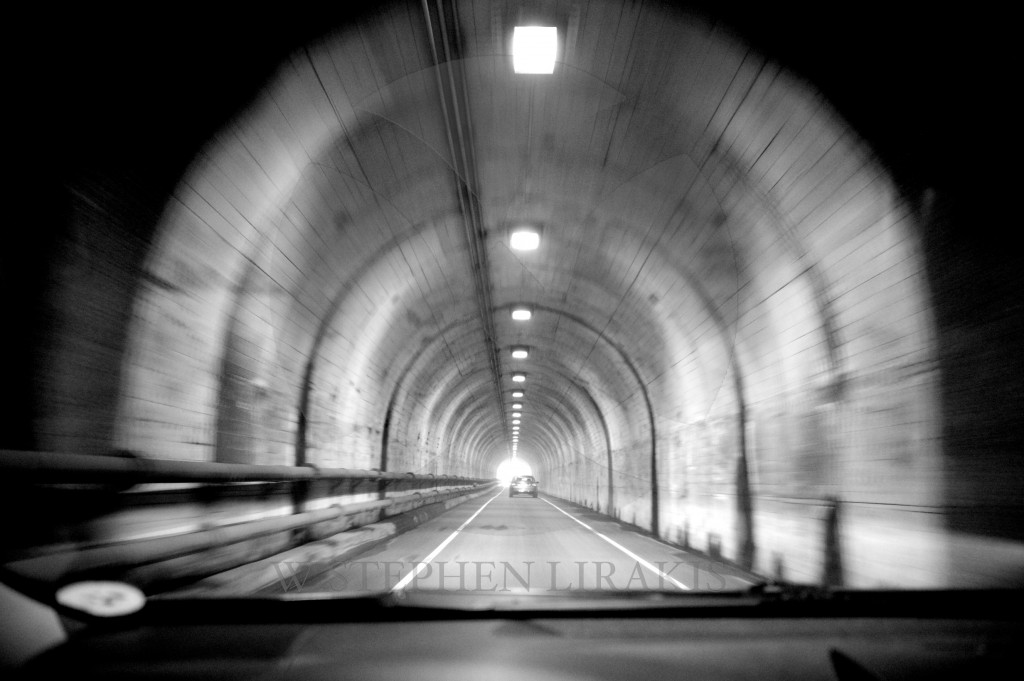
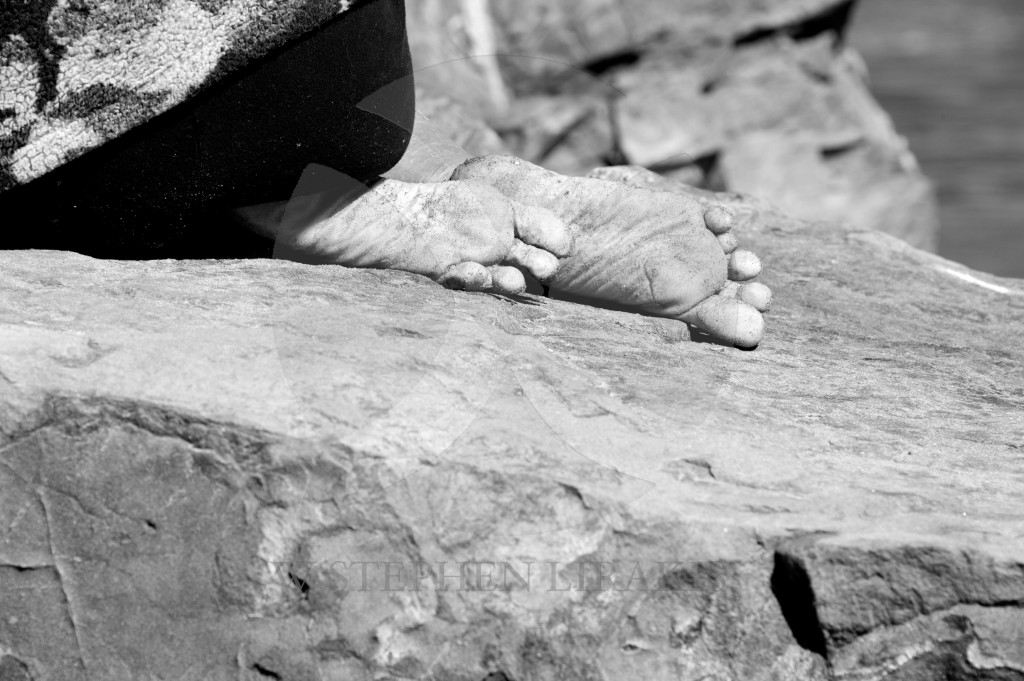
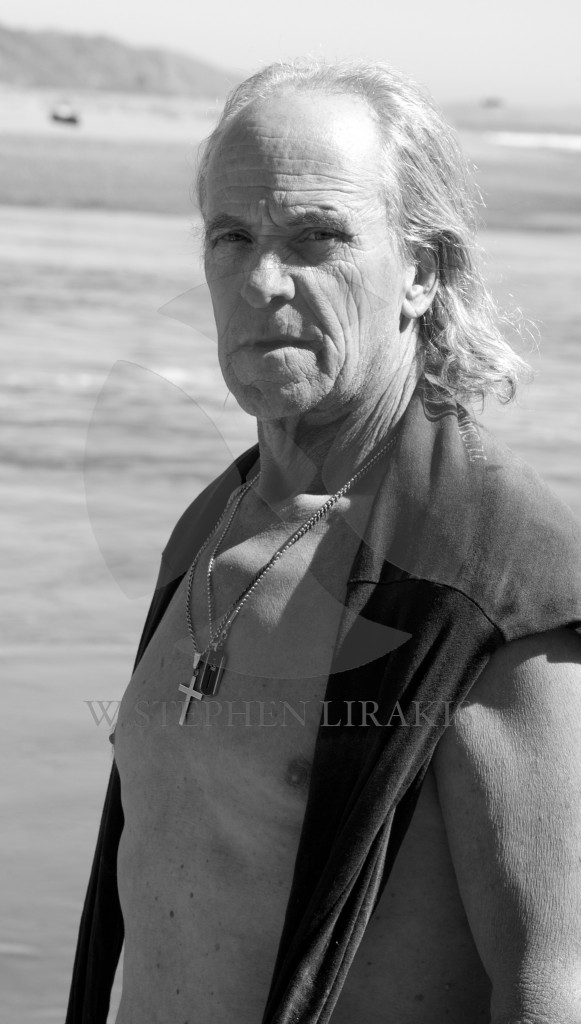
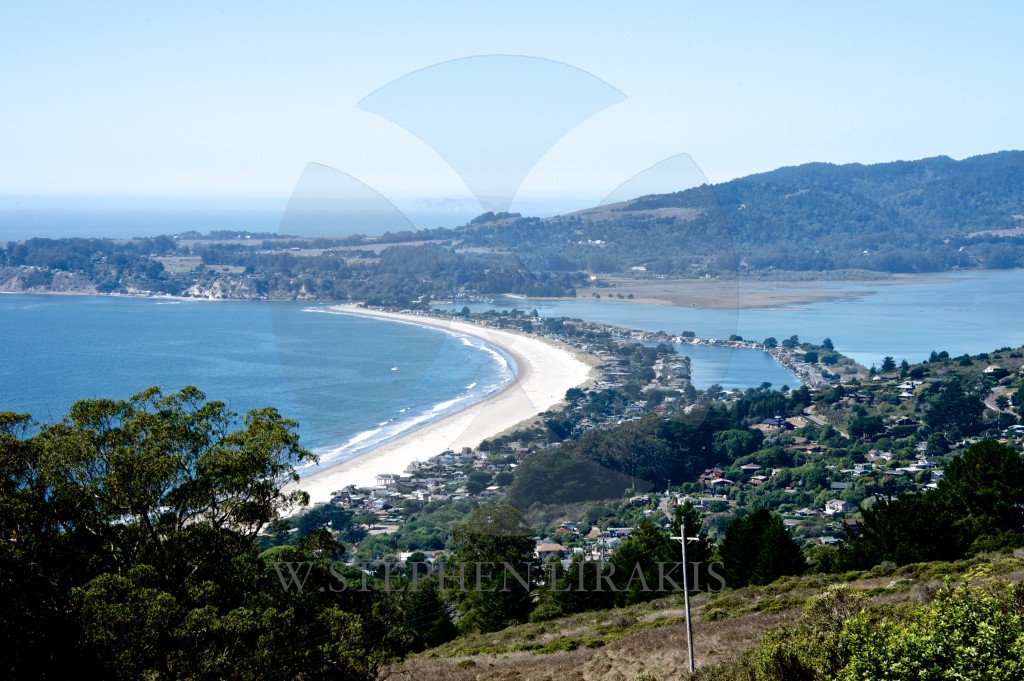
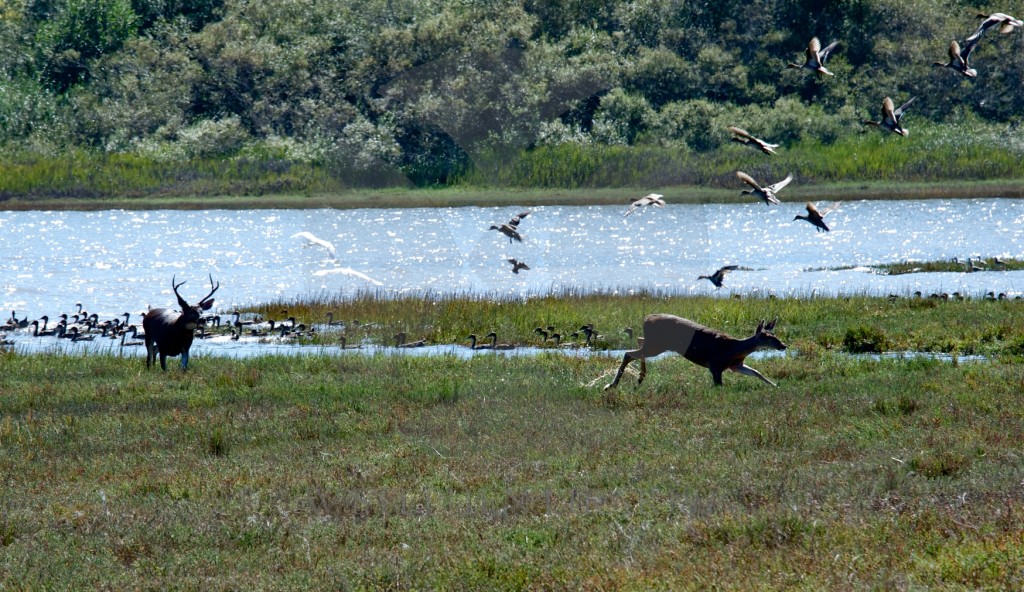
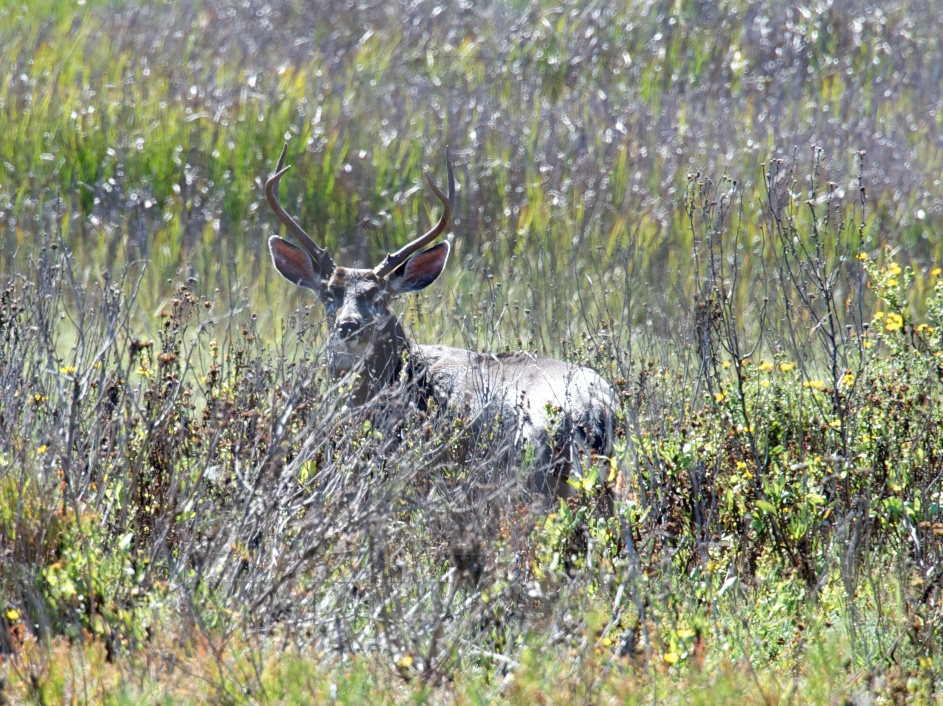
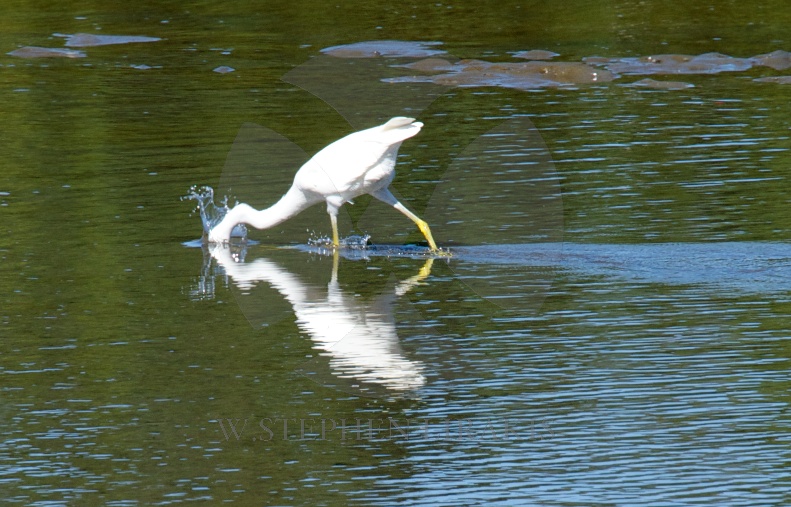
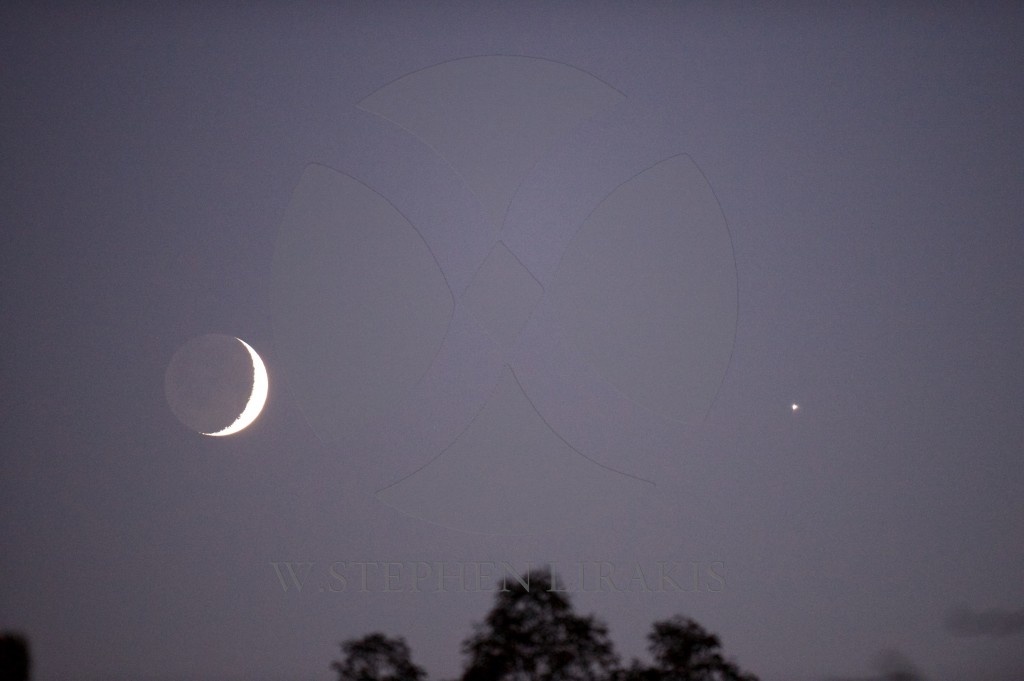
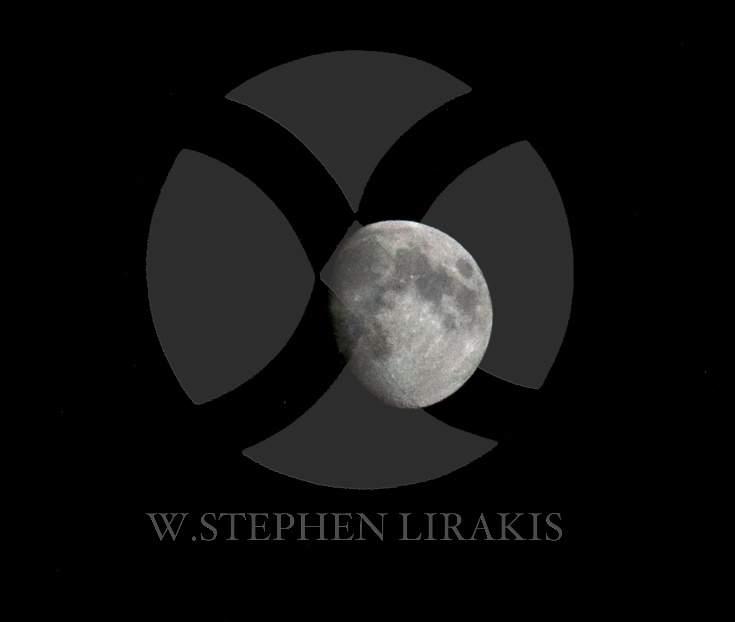
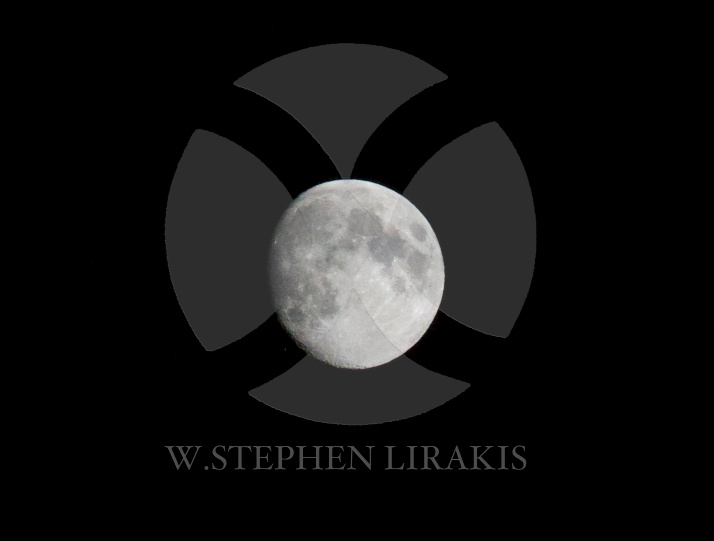
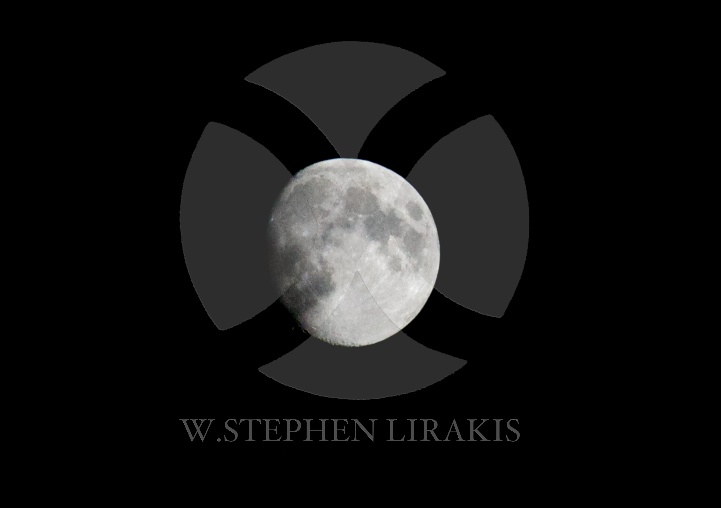
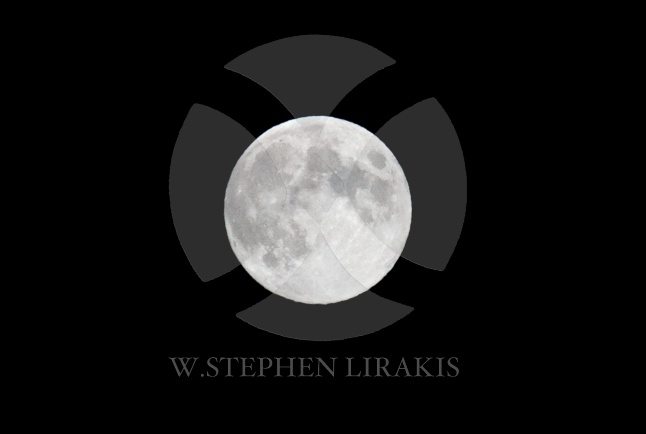
 Emirates Team New Zealand and ORACLE TEAM USA return to the racecourse today for Races 12 and 13 of the 34th America’s Cup. If the Kiwis can win either race, the series will end with the tiny island nation in the South Pacific the new America’s Cup champions.Emirates Team New Zealand enters the day leading the series 8-1 and needs just one more victory to hoist the Auld Mug for the third time (1995, 2000). ORACLE TEAM USA needs to win eight consecutive races to stave off the Kiwis’ charge and retain the trophy it won in 2010.
Emirates Team New Zealand and ORACLE TEAM USA return to the racecourse today for Races 12 and 13 of the 34th America’s Cup. If the Kiwis can win either race, the series will end with the tiny island nation in the South Pacific the new America’s Cup champions.Emirates Team New Zealand enters the day leading the series 8-1 and needs just one more victory to hoist the Auld Mug for the third time (1995, 2000). ORACLE TEAM USA needs to win eight consecutive races to stave off the Kiwis’ charge and retain the trophy it won in 2010.











 After today’s postponement the wind conditions look to be lighter for Wednesday and should allow for racing to begin as scheduled at 1:15 pm PT. Races 11 and 12 are on the docket and if Emirates Team New Zealand sweeps both it’ll win the America’s Cup for a third time.
After today’s postponement the wind conditions look to be lighter for Wednesday and should allow for racing to begin as scheduled at 1:15 pm PT. Races 11 and 12 are on the docket and if Emirates Team New Zealand sweeps both it’ll win the America’s Cup for a third time.
